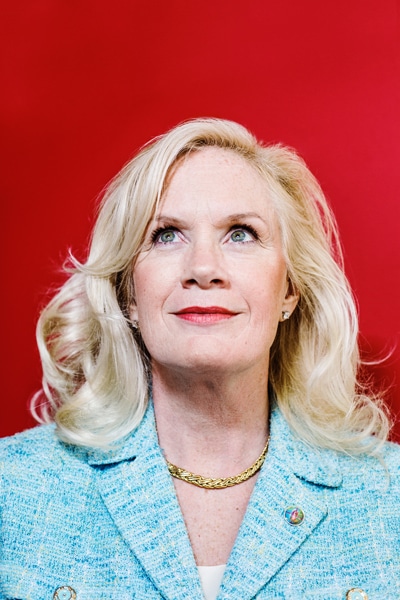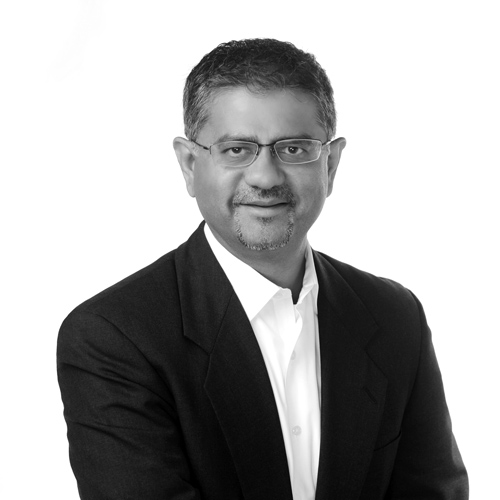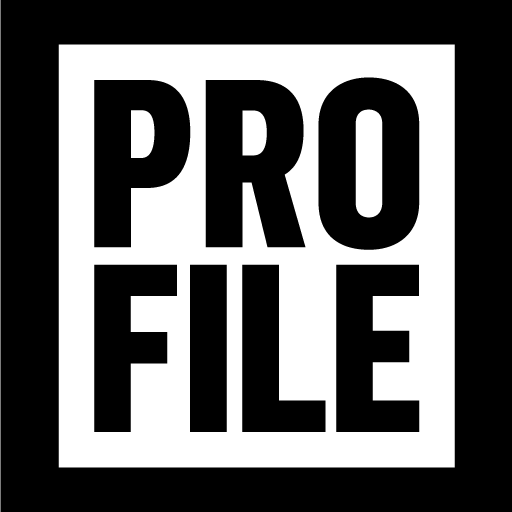When considering which innovations have had the greatest impact on the world, Meg Lassarat points not to any single tool, but to the Ford assembly line. “A lot of folks think innovation is about new technology. But I think a lot of the greatest innovations are around how we do things,” Lassarat says. “It was that process improvement that really revolutionized manufacturing.”
“A lot of folks think innovation is about new technology, but I think a lot of the greatest innovations are around how we do things.”

It’s no surprise that Lassarat highlights a process-based innovation. As chief financial officer at Louis Berger, she adopts a process-oriented outlook to reimagine the company’s business functions to develop faster and more economical processes, saving resources that can be reinvested into client-facing engineering and design services.
Louis Berger is an Engineering News-Record top-twenty ranked engineering and construction management company; it operates in more than one hundred offices in fifty-seven countries around the world. Since joining the company in 2015, Lassarat has championed the global consolidation of the company’s business support functions and standardized finance operations as part of the “One Berger” philosophy. Previously, each of the organization’s regional offices operated fairly autonomously, performing functions on individual timelines with individual methodologies. In the financial close process, for example, one office might conduct revenue recognition on day three; another might wait until day twenty. So the company’s newly minted CEO and executive leadership team the One Berger philosophy. It unifies both client-facing operations and support operations through common goals and standardized practices.
By creating a single model and timeline that is used throughout the company, Lassarat reduced close time from a forty-five-day quarterly close to an eight-day close every month. She reprioritized the support operations to run nondependent processes in parallel, resulting in a shorter timeline without diminishing quality. “We have the exact same people and the exact same tools,” Lassarat explains . “What we did was change the process.”
Streamlining the close process allows the company to deliver accurate, reliable, and up-to-date financial information to decision makers each month so they can make more informed decisions to serve the company’s clients. “It gives us better confidence in our numbers and a much stronger knowledge of our financial and operational performance,” Lassarat says. She implemented the change over the course of two months. “Having worked on accelerate-the-close projects in almost every place where I’ve served as the chief financial officer, I was able to bring that experience to Louis Berger,” she says.
After transitioning to an eight-day close, Lassarat worked with other Louis Berger leaders to consolidate the global functions of HR, IT, and finance and accounting to a centralized, global business center. Before, these functions were split among the regional offices. And as with the close process, each office operated with its own people, systems, and processes. By consolidating these business functions, Louis Berger could maintain better control and consistency across the organization. The company could also deliver cost savings that the company could reinvest into innovation and technology for future design and engineering solutions.
Centralizing the business processes required buy-in from both local teams and company leadership. Lassarat first pitched the idea to the leadership team and then to the board of directors. Each time, she asked everyone in the room two questions: is it the right thing for Louis Berger, and should we implement the changes quickly or slowly?
The response from the executive committee and the board of directors was unanimous; they would implement the changes, and they would do it quickly. The company completed the ambitious project, which could have taken eighteen months to implement, in seven months.
By consolidating and systematizing these business processes, Louis Berger conserves resources that it can reinvest in the company’s core: engineering. The organization is joining with universities and Silicon Valley partners to incorporate new technology in its projects. It has also developed new uses for drone technology in design, planning, and operations and maintenance.
For example, when working on a theme park, they can fly a drone over an attraction during construction or virtually ride an attraction once it’s completed. This allows designers, engineers, and clients to determine if there are any issues in a safe, predictable, and cost-effective manner. It eliminates human bias and allows for more comprehensive data collection. “With a drone, you don’t have to take samples; you can analyze the entire project,” Lassarat says. “It really allows us to provide highlevel professional oversight during the construction phase of a project and also through operations and maintenance.”
Now that Lassarat has standardized the business processes and consolidated financial data in a centralized location, she is looking for ways to increase data analytics, determine business trends, and anticipate product costs. At this moment, Lassarat says, it is easy to determine what a project costs. However, she wants to determine what a project should cost. “I think there’s been too much focus in the past on cost reduction, and your benchmark is what you used to spend to what you spend today,” Lassarat says. But less isn’t always better. By comparing cost levels and determining hidden connections across industries, Louis Berger can more effectively weigh costs and save money. They can then reinvest that money into new engineering technologies.
“I expect that we’ll be hiring more statisticians, more economics majors, and more mathematicians who will help us take the data that we have and turn it into information that will help our business leaders make better decisions,” Lassarat explains. “It’s really about funding the future of engineering.”
“Congratulations, Meg, you are an inspiring leader. Having worked with you to understand Louis Berger’s opportunities and challenges, I can attest to your dedication, hard work, and commitment to supporting your team.” —Stu Taub, RSM US LLP, New York Market Managing Partner
Want more innovation insights in your inbox?
Sign up for our biweekly Insight newsletter, and you’ll get our FREE 11-page Talent Strategy Report along with more actionable takeaways from executives like Meg Lassarat.















